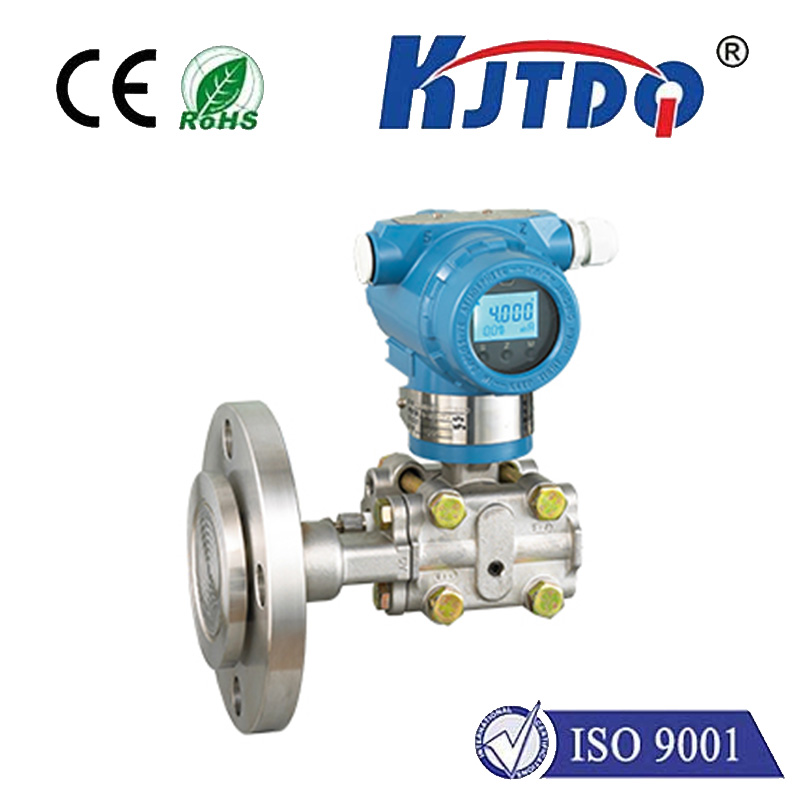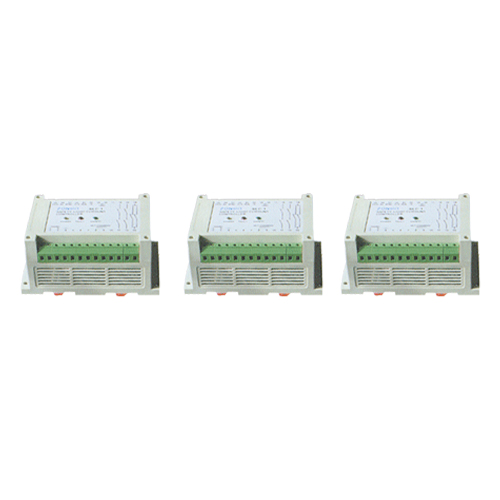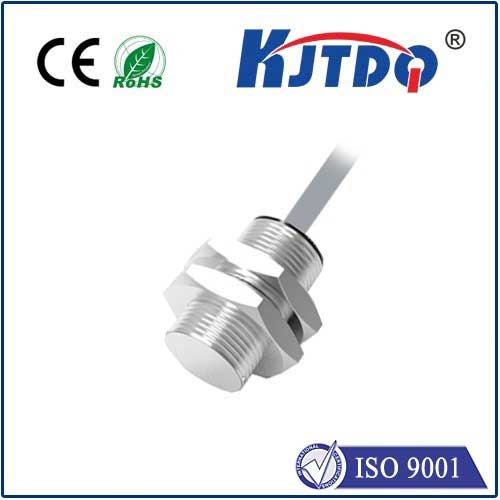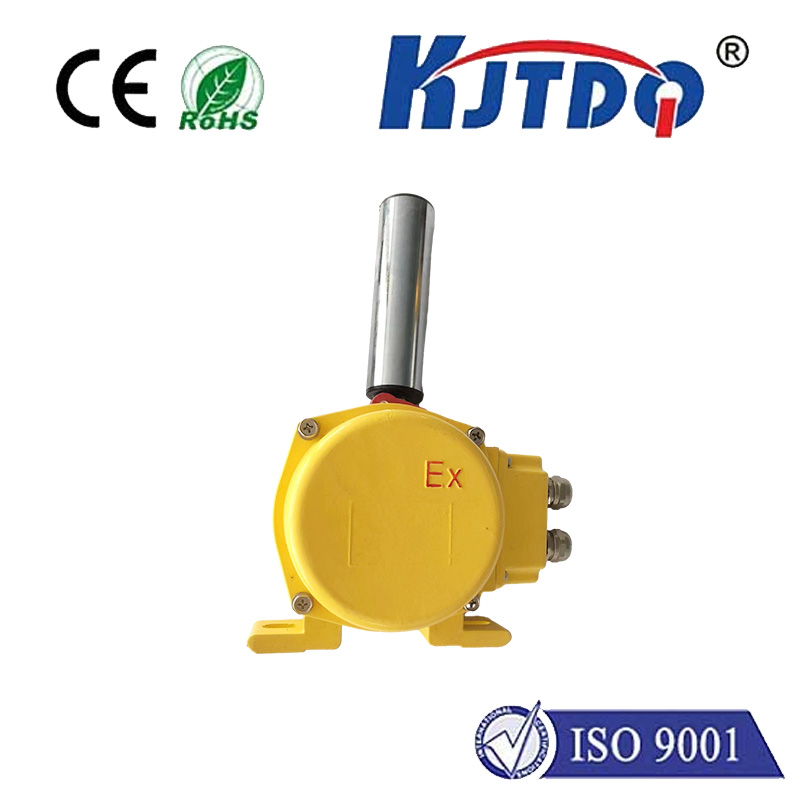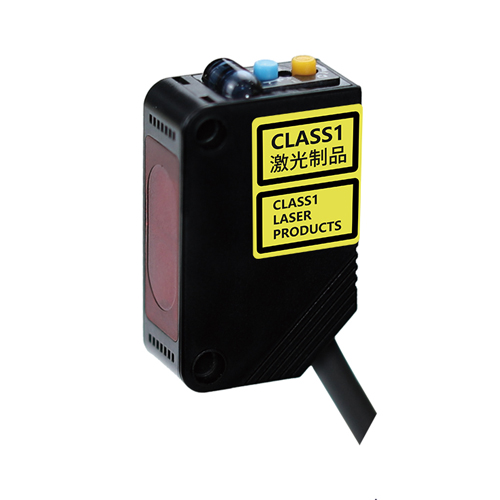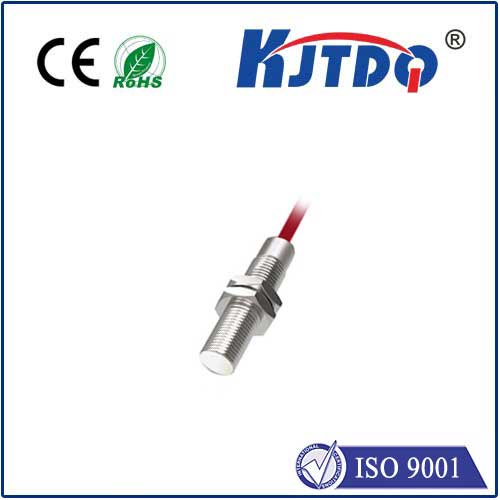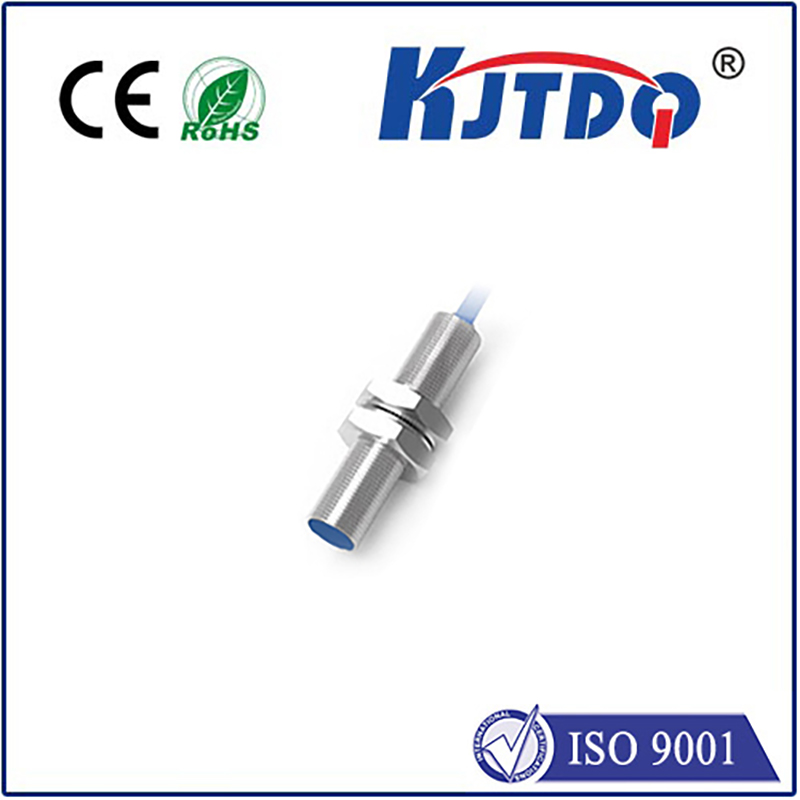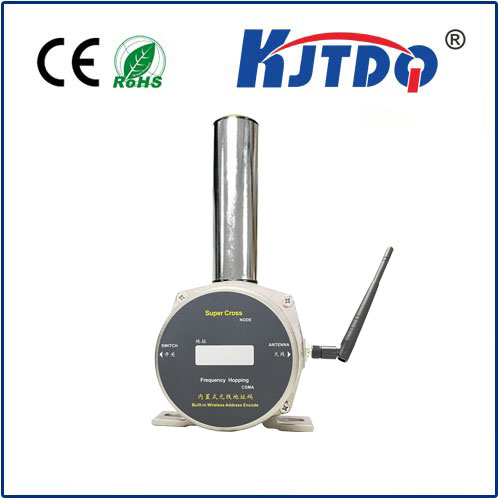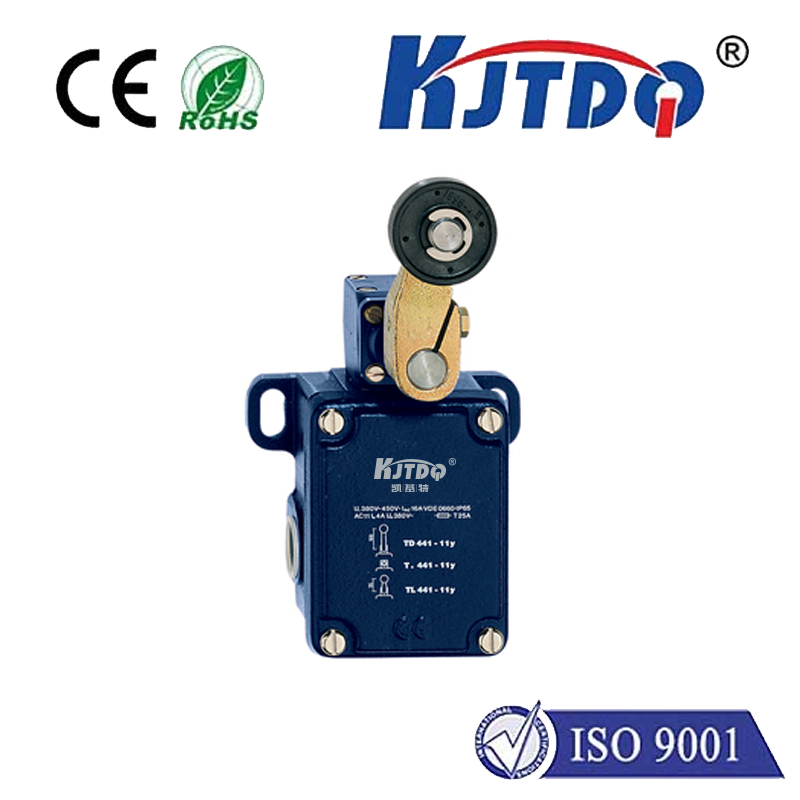

check

check

check

check

check

check

check

check

check

check
A limit switch, also known as an end stop or position switch, is a type of sensor that detects the presence or absence of an object. It consists of an actuator that comes into contact with the object and a set of electrical contacts that are closed or opened when the actuator is moved. Limit switches are commonly used in industrial machinery to control the movement of machines, monitor the level of liquids or solids, and detect the position of objects.

However, there are certain situations where we say no to limit switches. One such situation is when they are not necessary for the operation of the machine. In some cases, other types of sensors or controls can be used instead. For example, proximity sensors can be used to detect the presence of an object without actually touching it. Additionally, some machines may have built-in safety features that make limit switches unnecessary.
Another reason to say no to limit switches is when they fail or malfunction. If a limit switch fails, it can cause the machine to operate incorrectly or even stop working altogether. This can lead to downtime and lost productivity. In some cases, it may also pose a safety risk to operators or other personnel in the vicinity of the machine. Therefore, regular maintenance and inspection of limit switches is crucial to ensure their proper functioning.
In conclusion, while limit switches serve an important role in many industrial applications, there are certain situations where they may not be necessary or desirable. By understanding their limitations and potential risks, we can make informed decisions about whether to use them or opt for alternative solutions.
